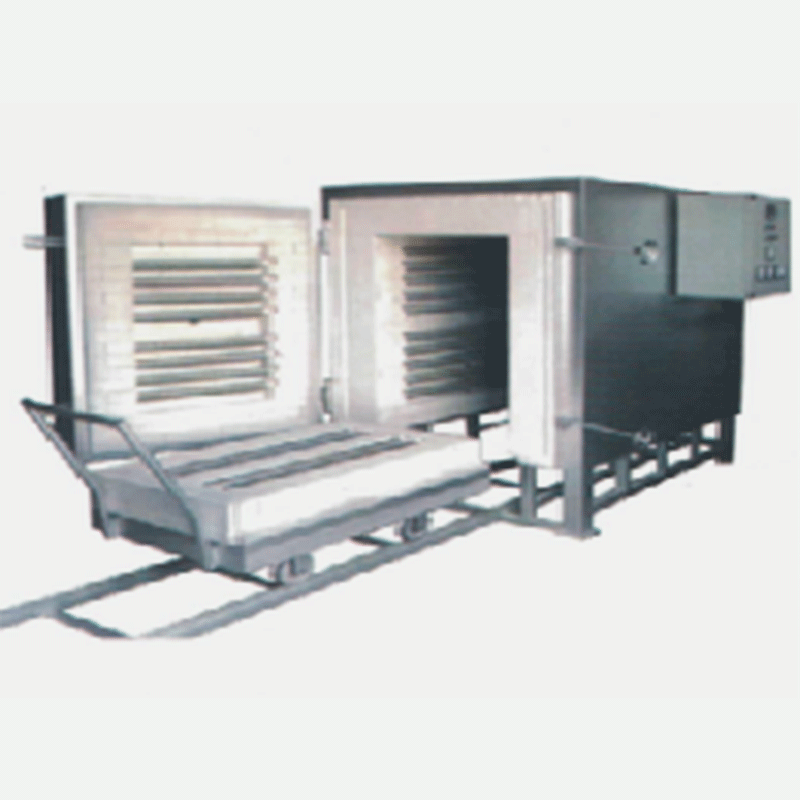What are the selection principles for high temperature testers?
The selection principles of high temperature testers include temperature range and accuracy, heating method and heating rate, atmosphere control capability, automation and data acquisition, sample shape and size, consumables and auxiliary facilities, etc., which need to be reasonably selected according to specific test requirements.
High temperature tester are key equipment used to detect and evaluate the performance and quality of refractory materials, glass/quartz, investment casting pottery and other products in high temperature environments. Since different types of tested samples have differences in use environment, required indicators, etc., it is particularly important to choose the appropriate high temperature tester equipment. Below, will introduce to you the selection principles of high temperature testers.

Selection principles of high temperature testers
1. Temperature range and accuracy
Different types of high temperature testers have different temperature ranges and accuracy. Refractory materials usually need to test high temperature performance above 1600℃, while the test temperature range of glass and ceramic samples is relatively low. Therefore, when selecting a high temperature tester, it is necessary to ensure that its temperature range can cover the operating temperature of the sample being tested, and the temperature accuracy meets the test requirements to obtain accurate data,
2. Heating method and heating rate
The heating methods of high temperature testers include electric positive heating, induction heating, radiation heating, etc. Different heating methods are suitable for different types of samples. In addition, the heating rate is also an important indicator. Some tests require rapid heating, while others require slow heating. Reasonable selection of heating methods and heating rates can simulate the actual use environment and improve the reliability of test results.
3. Atmosphere control capability
Some high temperature tests need to be carried out in a specific atmosphere, such as a reducing atmosphere, a neutral atmosphere, or an oxidizing atmosphere. Therefore, for this type of test, the high temperature tester must have the corresponding atmosphere control capability, be able to provide the required gas type and flow rate, and maintain the stability of the atmosphere.
4. Automation and data acquisition
Modern high temperature testers usually have a high degree of automation, which can realize functions such as process control, automatic data collection and processing. The higher the level of automation, the less workload the operator has, and the lower the risk of human error, and the better the test efficiency and data accuracy.
5. Sample shape and size
Different types of tested samples differ in shape and size. For example, refractory materials may be square or round, while glass may be long or spherical. The size and shape of the sample chamber of the high temperature tester must match the tested sample to avoid test errors caused by thermal stress accumulation.
6. Consumables and auxiliary facilities
During long-term use, the high temperature tester will need to replace some consumable parts, such as heating elements and thermal insulation materials. In addition, corresponding auxiliary facilities such as temperature calibration devices and gas supply systems are also required. These factors should be considered when selecting to reduce the cost of later operation and maintenance.
In short, the selection principles of high temperature testers include temperature range, heating method, atmosphere control, automation level and other factors, and reasonable choices need to be made according to specific test requirements. Only in this way can the accuracy and reliability of high temperature testing be guaranteed and strong data support be provided for product quality evaluation.
Recommended Products
Hot News
-
Features of the Gold Test Ash Blowing Furnace
2025-12-22
-
Precisely measuring material "endurance" at high temperatures—Nanyang JZJ Testing Equipment Co., Ltd.'s high-temperature load-bearing creep tester is exported to the United States.
2025-12-17
-
The trusted choice of African mining giants! Nanyang JZJ Testing injects refined "core power" into Zimbabwe's gold mining industry.
2025-12-08
-
Working principle and application range of ambient temperature abrasion tester
2025-11-07
-
The main reagents used in fire assay and their functions
2025-10-13
-
Let you know about fire assay ash blowing furnace
2025-09-23
-
Refractoriness under load (RUL) and creep in compression (CIC) testing machine common troubleshooting
2025-08-25
-
How to use X-ray fluorescence fusion machine in refractory industry?
2025-08-18
-
What materials are suitable for high temperature muffle furnace testing?
2025-08-14
-
Working together to create a better future: Indian partner Ants Prosys visits JZJ Testing's production base
2025-08-04

 EN
EN
 AR
AR
 BG
BG
 FR
FR
 DE
DE
 HI
HI
 IT
IT
 PL
PL
 PT
PT
 RU
RU
 ES
ES
 TL
TL
 IW
IW
 ID
ID
 UK
UK
 VI
VI
 TH
TH
 TR
TR
 FA
FA
 MS
MS
 UR
UR
 BN
BN
 KM
KM
 LO
LO
 PA
PA
 MY
MY
 KK
KK






















